A Look at Higher Education in Peru
Peru Country Manager Daniel Salazar describes higher education in Peru; providing a context for Global Volunteers’ service projects in Lima.
We all know how expensive and demanding higher education can be in the U.S. Well, in Peru, college is as challenging, or maybe more so. Read my story and then you can decide. My story is by no means the most dramatic, but it conveys at least some of the difficulties that most of the youth in Peru face when seeking higher education in Peru.
Graduating from a private high school, which provided a much better education than public schools, I had great expectations for higher education in Peru. (By the way, don’t think of Peruvian private schools as American boarding schools. About 30% of children in Peru attend private schools that usually charge between 100 and 200 USD a month. Nothing fancy about that, just parents making huge sacrifices seeking to provide an education.) I told my parents I wanted to go to a private university in the country. But of course, my dad said he could not afford a private university, which was true. So that was that for my dream. See, in Peru teenagers don’t think of getting loans to pay for college, or getting government aid, that’s not available. But you might think, how bad can a public school be?
Acquiring a Public School Education is a Challenge
Public schools in Peru are not bad at all. In fact, two of the top five universities in the country (UNI and San Marcos) are public. What’s even better is that they are actually free; you basically don’t have to pay anything to attend. That is the first problem. In Lima, there are basically four public universities teenagers seek to get in, so these universities set up a test to filter admission. These tests are so hard that the average student has to prepare for about three years after graduating from high school to get a chance at the test. At UNI and San Marcos, only the top 15% of those who take the test are admitted to the school. Besides this, faculty strikes are common as well as many bureaucratic barriers, which taken together usually make students take an extra year to graduate. That means 6 years to get a B.A., as colleges in Peru award B.A.s after at least 5 years of education.
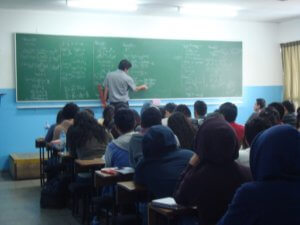
Students at an Academia in Peru, preparing for a public university’s admission test.
Just like most students, I went to a specialized test preparation school (“academia” in Spanish). The academia I went to, like all the other, fitted 40-60 students in a classroom that could barely hold us. No personal space, a lot of sweat and smell, and by no means safe in case of emergency. From 8am to 5pm we had class with only 1 hour breaks, Monday to Saturday. Once I got home, I had to do homework and study, usually past midnight. At that pace, and thanks to my private education, it would have probably taken me two years to get admitted at a public university. In the end my parents were able to gather money and pay for a private university, but I will never forget those six months I spent at that academia. Nor will I forget that some of the students who actually make it to public universities and graduate (which usually takes 8-9 years of hard work after graduating High School) don’t get jobs, while others get paid less than $800 a month – even after years of working experience.
Since public and private grants or scholarship are rather scarce, higher education in Peru is particularly tough for those who lack the resources. Still, it is encouraging to see the youth in Peru striving to get an education. Global Volunteers helps by providing free conversational English classes to students at a public university in Lima. No experienced required, only the willingness to help college students gain a better higher education in Peru.
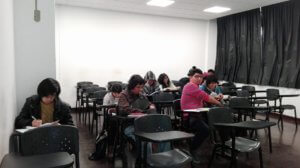
Students at a public university´s classroom in Peru
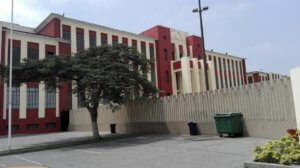
UNI: one of the top public universities in Peru, and famous for being the hardest university to get into and graduate from.
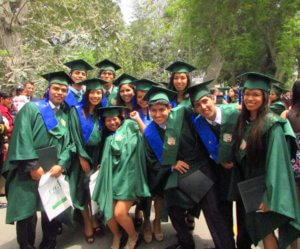
Students graduating at UNALM, a public university in Peru where Global Volunteers serves.

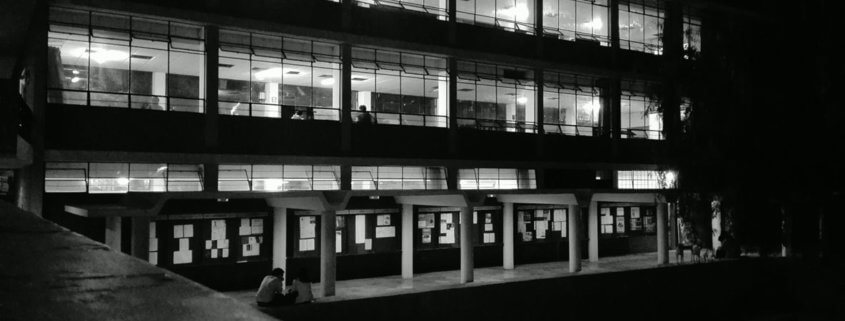
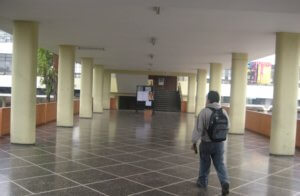
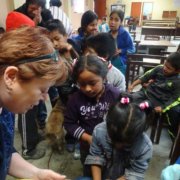
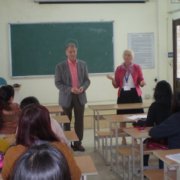
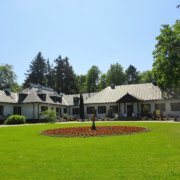

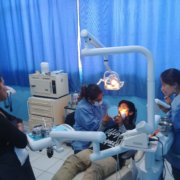

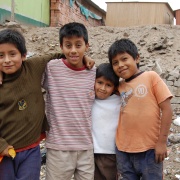


Leave a Reply
Want to join the discussion?Feel free to contribute!